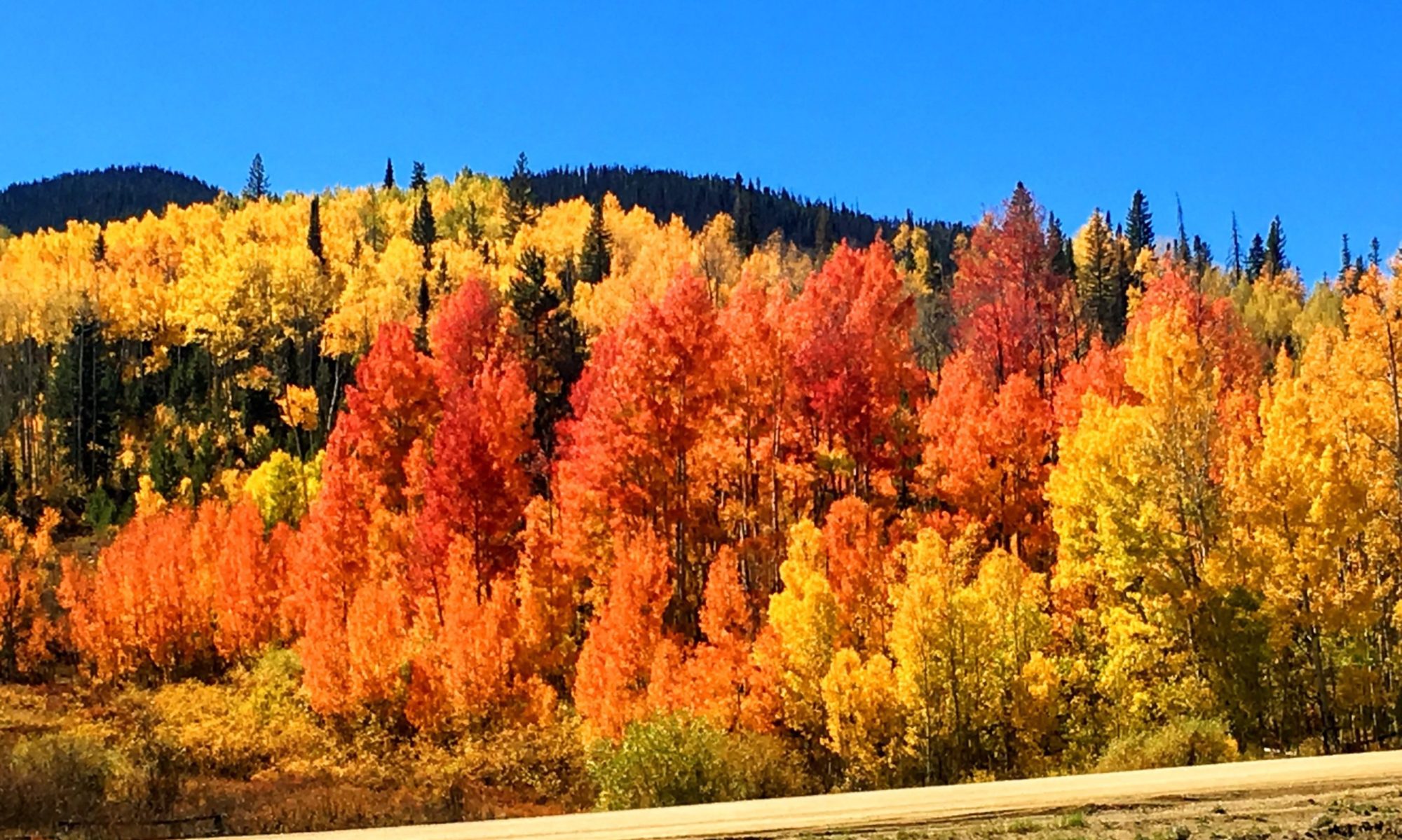Aspen (Populus tremuloides) is a deciduous tree species that is widely distributed across North America, from Alaska to Mexico. It is a keystone species in many forest ecosystems, providing numerous ecological benefits for a variety of plant and animal species.
One of the most notable characteristics of aspen is its ability to reproduce both sexually and asexually. Aspens reproduce sexually through seed production, but they also reproduce asexually through root sprouts, which can form large clones of genetically identical trees. These clones, called “ramets,” can cover vast areas of land, creating unique forest landscapes.
Aspen forests provide critical habitat for a diverse array of wildlife species. Many bird species, such as the ruffed grouse and the American woodcock, rely on aspen for food and cover. Large mammals, such as elk and moose, also use aspen for food and shelter. In addition, aspen provides important habitat for many species of insects, including butterflies and moths.
Aspen forests also play a crucial role in the hydrological cycle. They help to maintain water quality by reducing erosion and sedimentation, and they also play a critical role in water storage. Aspen trees have deep root systems that help to hold soil in place, preventing erosion and sedimentation. They also help to recharge groundwater by absorbing and storing large amounts of water in their roots.
Furthermore, Aspen have a unique role in carbon cycling. They absorb and store large amounts of carbon in their biomass, roots, and soil. This helps to mitigate the impacts of climate change by removing carbon from the atmosphere.
Aspens are also an important economic resource for humans. The wood is used for a variety of purposes, including lumber, plywood, and paper. Additionally, aspen bark is used in traditional medicine by indigenous peoples.
In conclusion, aspen is a crucial species in North American forests, providing a wide range of ecological, hydrological and economic benefits. It is important to conserve and protect aspen forests in order to ensure the continued health and sustainability of these unique ecosystems.
